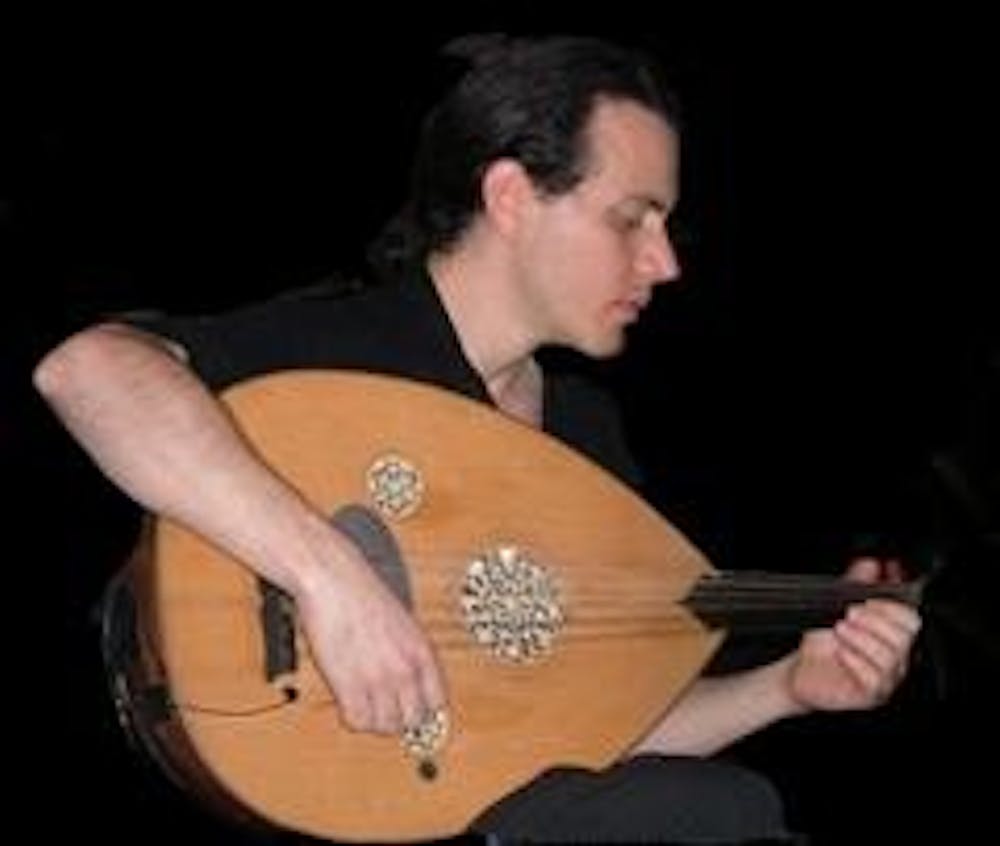I’ve never seen the Phoenix Art Museum as bustling as it was this Friday night (probably because admission was free, but I’m definitely not complaining). Part of the special event was the performance of the Mediterranean fusion band, Cosmos. Combining vibrant percussion, guitar, and vocals, Cosmos brought together a unique sound and urban world-beats. By blending Greek, Indian, Cuban, and gypsy elements, the dynamic band was festive and captivating.
The drum set in the back was the only instrument being played that I immediately recognized. It wasn’t until I asked one of the museum staff nearby that I learned what each of the instruments onstage was.
[gallery link="file" order="DESC"]
bouzouki: the stringed instrument is a mainstay of modern Greek music and is recognizable by its flat front and long neck. It has a sharp, but low metallic sound. If you’ve seen My Big Fat Greek Wedding, you’ve heard the bouzouki before.
oud: a pear-shaped stringed instrument commonly played in North Africa and the Middle East. It’s readily distinguishable by its smaller neck and round bowl-like back, which gives it a deeper, resonating sound.
darbuka: a goblet-shaped hand drum used mostly in the Middle East, North Africa, and Eastern Europe. Its thin, responsive drumhead helps produce a distinctively crisp sound. The darbuka is mostly played with fingertips, which make for a lighter touch and quick rhythms
bongo drums: I recognized the drums, but I realized I was mistaken about their origin. I’ve always thought they were African drums, but they’re actually Latin American and most closely associated with Cuban music. My bad…
Now that I have some of the vocabulary down, I just need an excuse to use it when the next Mediterranean fusion bandis in town. But this might be a while…




